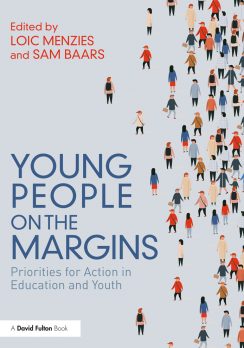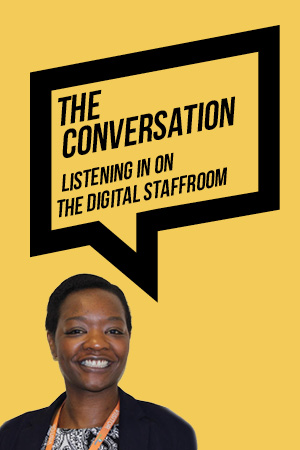Publisher
Routledge
ISBN 10
1138360457
Published
31 Mar 2021
Melissa Benn finds a book that’s both subtle and harrowing, and full of evidence-based lessons on preventing the marginalisation of vulnerable young people
Young People On the Margins is a valuable and lucid account of the multiple ways in which generations of vulnerable young people have been failed by our education system and by society itself, and what we might do about it.
The book considers six discrete groups: children who come into contact with social services, the homeless, pupils with special needs or disabilities, those from a Gypsy, Roma or Traveller (GRT) background, children with mental health problems, and young people who come from economically disadvantaged areas that do not fit the prevalent models of inner-city deprivation.
Each chapter follows broadly the same template: human stories mixed with carefully constructed evidence on disadvantage and marginalisation, ending with detailed proposals for reform. Taken together, the book represents a decade of work by the Centre for Education and Youth (CfEY), led by the ebullient Loic Menzies, who here contributes a sensitive opening and closing chapter.
Some of the material, such as the difficulties faced by children with special needs, feels more familiar than others. But no matter how familiar, it is always poignant.
Ellie Mulcahy and Abi Angus open their contribution on pupils from a GRT background by describing a recent roundtable with experts and practitioners to discuss the problems. The seminar quickly becomes “one of the most difficult conversations I have been involved in… such was the rawness of attendees’ emotions” at the prejudice faced by GRT pupils.
Child poverty is the thread that links most of the stories in this book
Even more shocking is Will Millard’s chapter on children who come into contact with social services. He tells of a young woman with an eating disorder, raped on her first day at a teenage psychiatric centre. Sent to another foster home soon after her 15th birthday, she was then raped and beaten by her foster father and two of his friends.
Many of the experiences of marginalisation described here are more subtle: the result of harried teachers with big classes unaware of different cultural customs in some communities, or without the time to learn about pupils’ lives outside school.
It is inevitable that young carers or those without anywhere to live, for example, will have very different needs to their more settled, supported peers. In many cases, sensitive earlier intervention could halt unnecessary exclusions, and prevent young people drifting further to the margins. As one contributor points out, it is also important for teachers and other professionals not to have a ‘deficit discourse’ around any of the young people, their families or communities.
While contributors take a suitably stern approach to dubious practices such as ‘off rolling’, all implicitly recognise that the vast majority of schools are doing the best they can in straitened times.
The book deliberately steers clear of bigger political points, even though the implications of its findings are clear. Child poverty is the thread that links most of the stories in this book, and it is obvious that austerity measures have pushed more into poverty while stripping funding from schools and youth services.
As Alix Robertson points out in her chapter on mental health, the rise in exam pressure is an added stress for many young people. Meanwhile, an increasingly atomised education system makes it much more difficult to share and implement valuable lessons about ‘what works’.
In many ways, the book’s proposals are reminiscent of the Every Child Matters agenda of the closing years of the last Labour government: the urgent need for a crack team of ‘para professionals’ (social workers, counsellors, youth services) working within every school, and more attention paid to specific and pastoral needs in order to help every child flourish.
But Young People on the Margins also works as a handbook for school leaders who are keen to address problems in the here and now. Each chapter ends with a useful list of measures, many of which are within the immediate reach of schools.
Whether it’s about early intervention, limiting unnecessary school exclusions or paying more attention to the home lives of marginalised students, this book should be a valuable addition to every staffroom.













Your thoughts